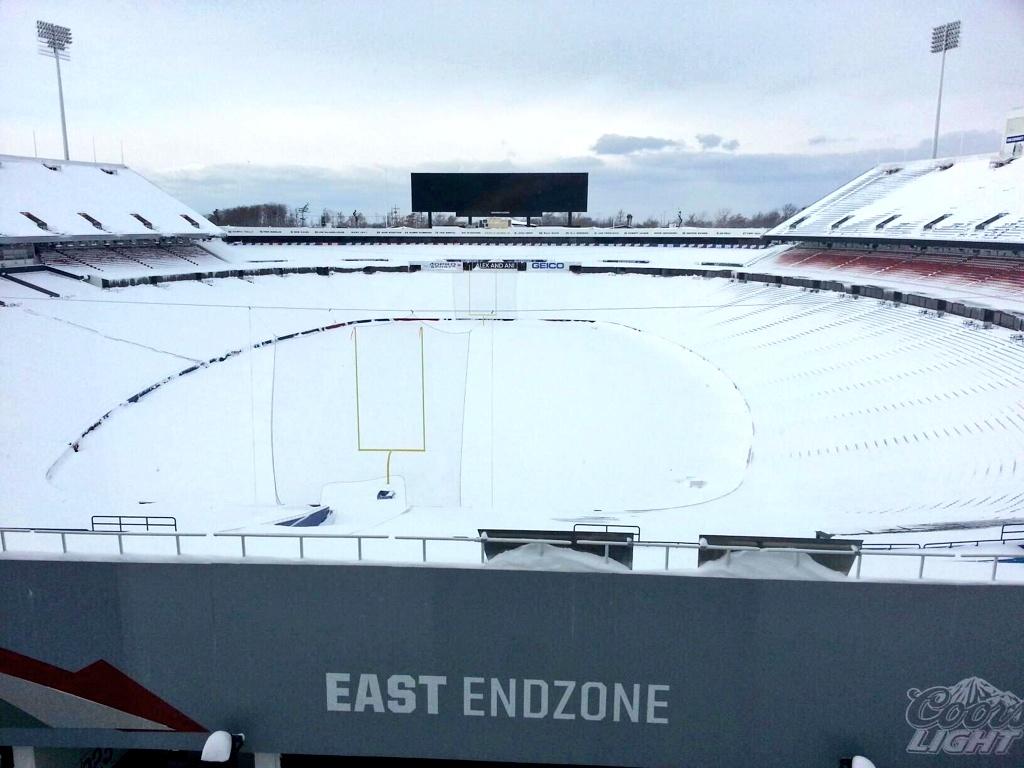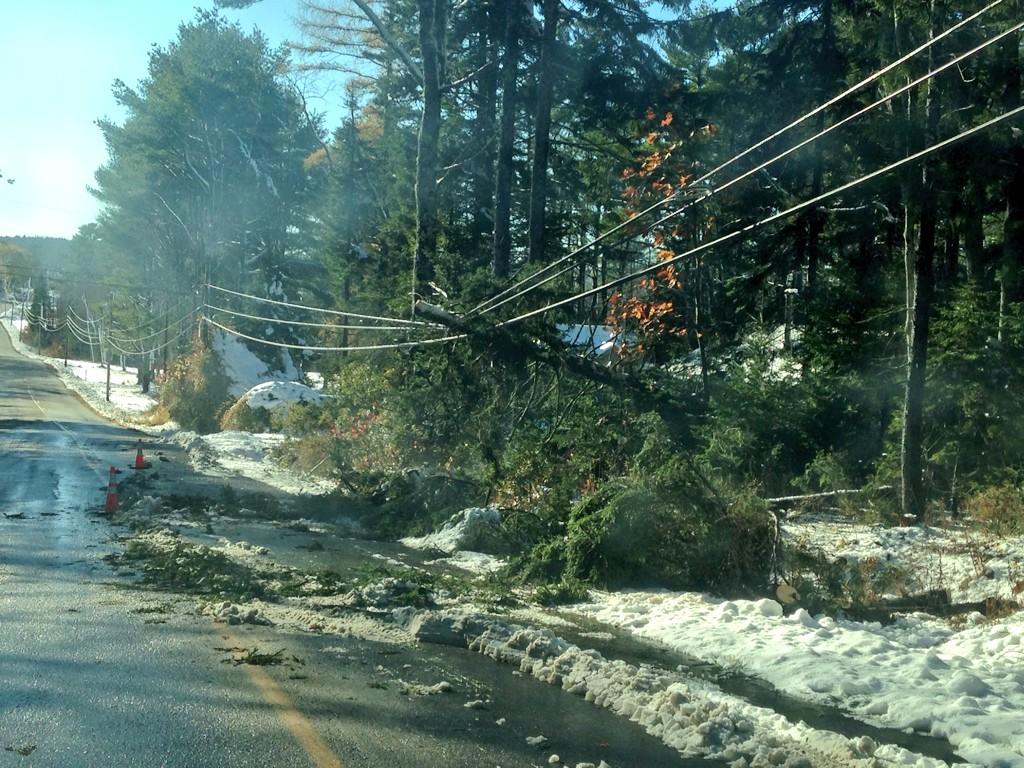At Least 7 Dead From Lake Effect Snow; State of Emergency Declared
Snow was still falling on the Buffalo, New York, area Wednesday morning, a day after a major lake-effect snow event dumped more than 60 inches of snow on areas south of Buffalo, killing at least seven people and stranding others in vehicles for more than 30 hours, in some cases, on roads throughout the area.
Snow also fell in other Great Lake states, including northern Wisconsin and the Upper Peninsula of Michigan, where up to two feet of snow blew ashore. Those areas will get a bit of a reprieve today before the lake-effect event ramps-up again in the evening hours Wednesday into the morning Thursday. For specific forecast details click on the link below.
At least seven storm-related deaths were reported in the Buffalo, New York area, authorities announced. A 46-year-old man was found dead in his vehicle in Alden, New York. The car was completely buried in snow, The Buffalo News reports.
A 30-year-old Pennsylvanian man died in Cheektowaga, New York, when a high lift attempting to free a vehicle stuck in snowaccidentally pinned the man to the car, killing him, according to the Cheektowaga Police Department.
Five additional deaths were reportedly due to cardiac complications.
“If people have underlying heart disease, even if it’s well controlled with medication, or high blood pressure, please don’t go outside and shovel the driveway, ” Erie County Health Commissioner Dr. Gale Burstein told WIVB. “The additional stress on your heart, of being outside in the cold, in addition to shoveling that heavy snow, and it is heavy, can cause people to have heart attacks.”
The Batavian reports that one of the people who died from cardiac-related issues was a Genesee County, New York, highway department worker who had a heart attack while snow blowing a parking lot at the Sheriff's Office.

http://www.weather.com/travel/commuter-conditions/news/buffalo-new-york-great-lakes-snow-20141119
